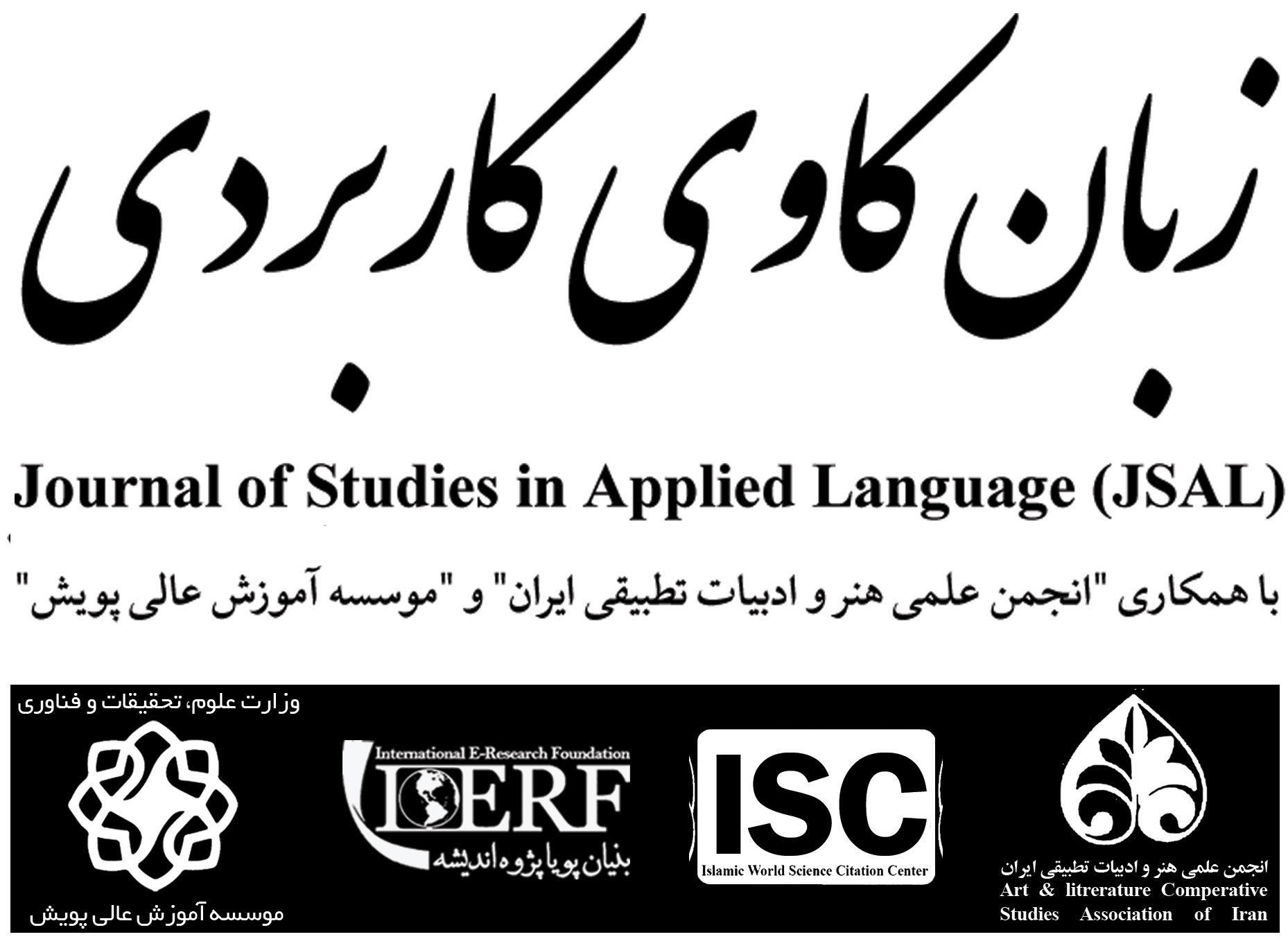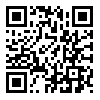Volume 8, Issue 2 (Journal of Studies in Applied Language (JSAL) 2025)
JSAL 2025, 8(2): 0-0 |
Back to browse issues page
Download citation:
BibTeX | RIS | EndNote | Medlars | ProCite | Reference Manager | RefWorks
Send citation to:



BibTeX | RIS | EndNote | Medlars | ProCite | Reference Manager | RefWorks
Send citation to:
khanbabazadeh A, nezamianbaran M. (2025). Study and analysis of allusions related to body parts in the Talysh language of the Anbaran region.. JSAL. 8(2),
URL: http://jsal.ierf.ir/article-1-183-en.html
URL: http://jsal.ierf.ir/article-1-183-en.html
1- Ancient Iranian Languages - Faculty of Literature and Foreign Languages - University of Tabriz. Tabriz - Iran , khanbabazadhafshin@yahoo.com
2- Department of in Persian Language and Literature, Faculty of Literature and Humanities, tabriz . iran
2- Department of in Persian Language and Literature, Faculty of Literature and Humanities, tabriz . iran
Abstract: (57 Views)
Oral literature is considered an important tool for transmitting cultural and moral messages to future generations; allusions are an important part of this literature, which is rich in linguistic and cultural richness, through which various concepts are expressed indirectly and using metaphors of body parts.
The present study examines and analyzes the ironic manifestations related to body parts in the irony of the Talesh language of Anbar. Using the method of content analysis, it examines the structure, meaning, and applications of these ironies and studies their role in expressing the feelings, beliefs, and social attitudes of Talesh speakers of Anbaran.The findings show that body parts in the idioms of this language not only have a descriptive role but also carry cultural and identity burdens. The use of eyes in the idioms of the Talish-e Anbaran language can express the concept of care, attention, or even jealousy, while the hand indicates power, dependence, help, and cooperation.An examination of these ironic expressions shows that the Talish-Anbar language, like many other languages, uses the human body as a symbolic tool to convey meaning. This research also analyzes how these ironies play a role in everyday conversations and people's culture, and how they affect the way people interact and express emotions.
The present study examines and analyzes the ironic manifestations related to body parts in the irony of the Talesh language of Anbar. Using the method of content analysis, it examines the structure, meaning, and applications of these ironies and studies their role in expressing the feelings, beliefs, and social attitudes of Talesh speakers of Anbaran.The findings show that body parts in the idioms of this language not only have a descriptive role but also carry cultural and identity burdens. The use of eyes in the idioms of the Talish-e Anbaran language can express the concept of care, attention, or even jealousy, while the hand indicates power, dependence, help, and cooperation.An examination of these ironic expressions shows that the Talish-Anbar language, like many other languages, uses the human body as a symbolic tool to convey meaning. This research also analyzes how these ironies play a role in everyday conversations and people's culture, and how they affect the way people interact and express emotions.
Type of Study: Research |
Subject:
Sociolinguistics
Received: 2025/05/16 | Accepted: 2025/05/31 | Published: 2025/05/31
Received: 2025/05/16 | Accepted: 2025/05/31 | Published: 2025/05/31
Send email to the article author
| Rights and permissions | |
 |
This work is licensed under a Creative Commons Attribution-NonCommercial 4.0 International License. |







